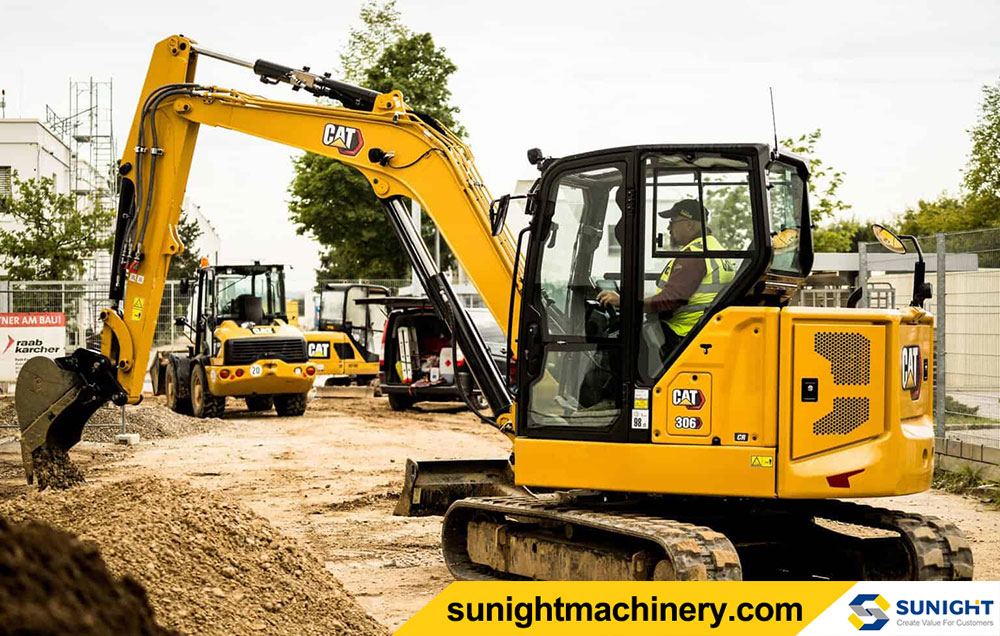Compact excavators, or mini excavators, are versatile machines used in a lot of different construction projects. You can often find a compact excavator performing different tasks at a worksite. Usually, construction contractors use compact excavators to dig, drill, and move material around the worksite.
Due to their compact size, they are not only used in construction but also in other industries as well. However, if you want your mini excavator to perform well, you need to maintain it properly. No matter how rugged and sturdy a machine is, routine maintenance is necessary to keep it in top condition. The following are a few maintenance tips that will help keep your mini excavator working at its best.
The best way to maintain your compact excavator is to include a pre-operation walkaround in your daily routine. If you take the time to inspect your equipment every day before using it, you will be able to find any loose bolts or frayed connections. Make sure to closely examine the hydraulic cylinders. The hydraulic system should always be working correctly as it is incredibly important for using attachments with the excavator. When you are assessing the hydraulic cylinders, make sure to check the rods and seals and look for any signs of damage or overuse on the linkage as well.
When you are inspecting the excavator, check the attachment as well. Make sure there are not any signs of disrepair on the attachment and coupler. Ensuring that they are in perfect condition will not only help prevent accidents but could also reduce the maintenance costs for your compact excavator. If you find signs of damage or rust on the attachment or arm, make sure to replace the component immediately.
During your daily checks, make sure to look inside the side hood and inspect the hydraulic tank, tubes, hoses, and plugs. If you find any leaks or breakage, fix the issue. Remember to check the hydraulic fittings and connecting joints as well.
Make sure to inspect the fuel water separator to see if there is any water mixed in with the fuel. Most compact excavators have a fuel water separator that has a clear bowl with a red ring in it. It is important that you look for any trace of water in your excavator’s fuel so that you can catch any damaging leaks in the fuel filter early.
When you are inspecting the side hood of your mini excavator, make sure to check the cooling system as well. If you find a buildup of debris, make sure to remove it, and if there are any leaks or faulty hoses, you need to repair them. Make sure to examine coolant levels after making the repairs as well. The coolant should always meet the recommended levels provided by the manufacturer.
Make sure to grease the arm, bucket, and all the other pivot points on your mini excavator. By greasing your mini excavators pivot points on a daily basis, you will not only ensure that your excavator runs properly, but it will also prevent the pins from getting damaged prematurely. This is the most cost-effective maintenance tip that you can use to ensure the long life of your compact excavator.